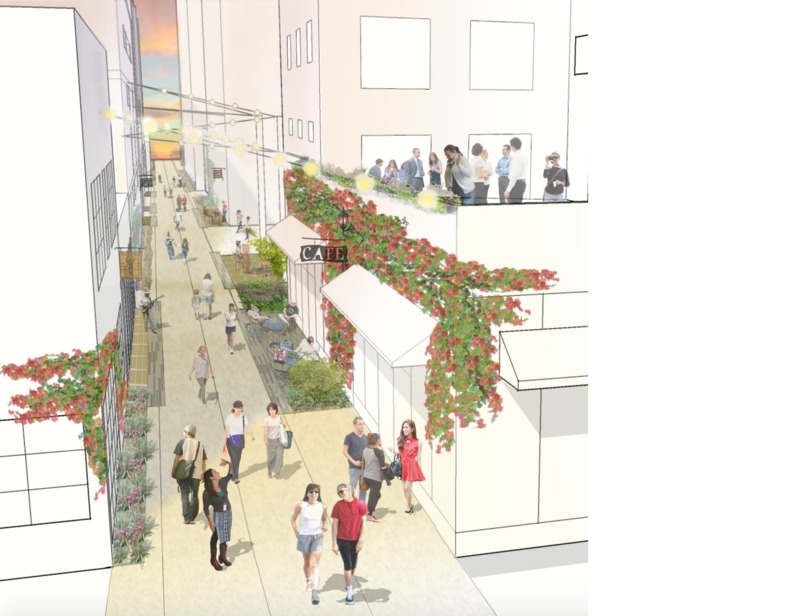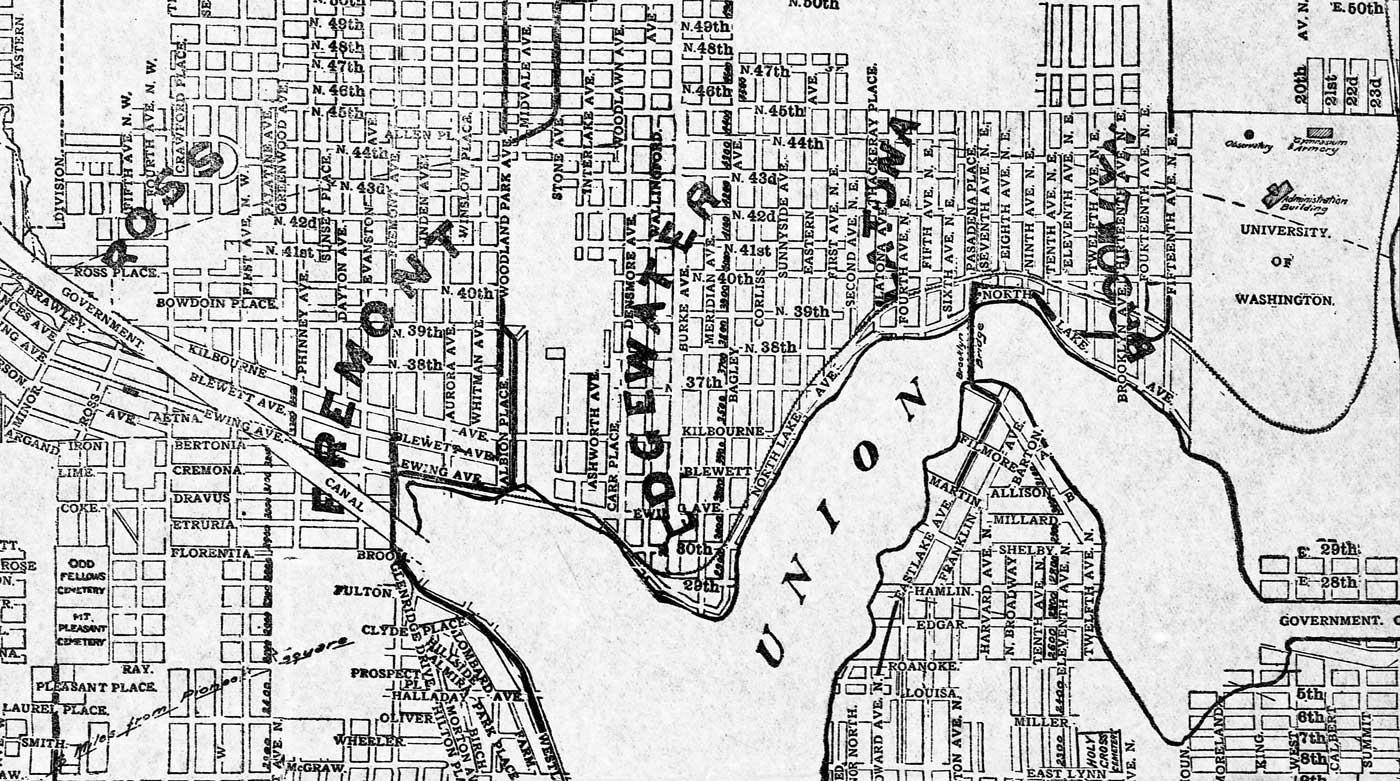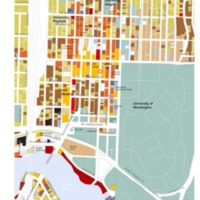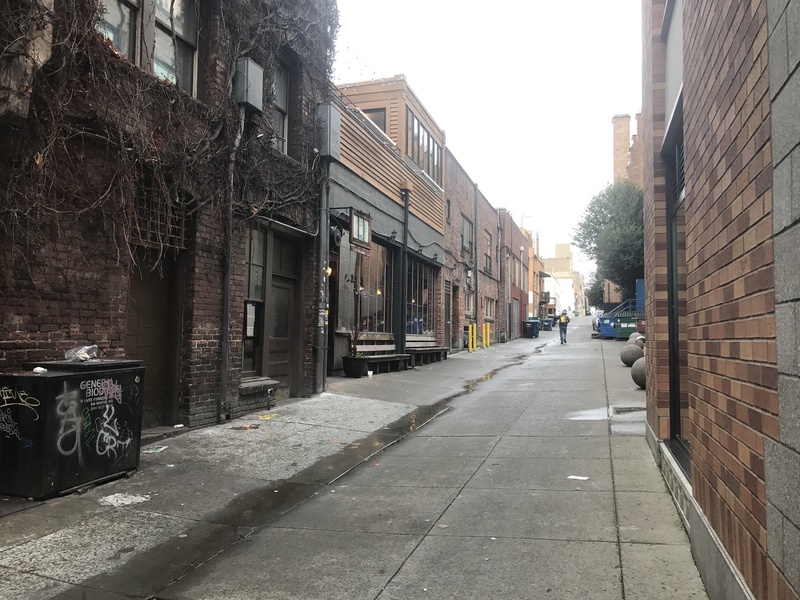Site Report 4: The Past and Future U District
Intro: The University District is featured to become the second urban hub of Seattle by the year 2040. The Seattle Department of Planning and Development displayed their plans to turn this busy neighborhood into a larger core of the city. Through plans such as the 2040 vision, future development of the University Districts focuses on transportation, economy, and residential upscaling. Approved on febuary 20, 2017, the Seattle City Council published the revised U District Resoning Map. With the map analyzing through the district block-by-block, I noticed rise of two things, buildings and average rent. While the western-half of buildings on block 16 are limited to 85 feet, the new zoning for buildings along 15th street NE are up to 240'. Although it is unlikely for this block to see new buildings along 15th, the Ave facing store fronts will see gentrification soon.
Block 16, like many other blocks in the University District, have gone through multiple cycles of construction and demolition. With the Seattle’s population projected to increase over the next two decades, the Seattle’ Urban Planners are preparing to locate this overwhelming number in urban city hubs, just as the University District. A location with high desirability as well as aging buildings, block 16 is subjected to an inevitable gentrification. Despite actions of restoration, I believe a popular alternative will be demolition and construction of a new apartment-retail building. Evidence of this hypothesis includes the construction of Russell hall in 2009. Built on the location of an old parking lot, Russell Hall’s Property not only includes three small businesses storefronts and residential apartments but an underground parking garage as well. While many people are skeptical over the gentrification in the University District, there is no dispute that this gentrification is justifiable. Block 16 also went under a major reconstruction in the 1920’s as single-family housing was torn down and replaced by multi-use buildings such as La Plaz apartments, located on the North-East corner of University Way NE and NE 42rd Street. In 2017 the University Temple and United Methodist Church sit on close to 30 percent of block 16’s land. Although we can expect to see new buildings rise on the block, I believe this place of worship will remain in its location for several more decades.

"Concept rendition of the Alley Activation Plan. University District (Seattle, WA). Created 2013. Seattle Department of Planning and Development. U District Alley Activation Plan.
Block 16 has also become a pioneer within the University District, in terms of alleyway gentrification. Home to Café Allegro, MOD Pizza, and Roots food pantry, this alley is cleaner and safer than those adjacent, which ultimately benefiting the community. Although alleyway gentrification was not mentioned in the 2016 Urban Design Final Recommendations for the U-District, the 2014 Urban Design History and Existing Conditions Report uses it as a focal point in their work. The report reveals that some city blocks and alleys vary in lengths from 200’ to 700’. Even though the U-District is on a grid system, varying block lengths must be accounted for when picking future Pedestrian Streets. With Block 16 across the street from the future University District Light-Rail Station, it has become the center of a high-traffic area. With the East side of block dominated by the Russell Hall and the University Temple, future upscaling of the block lies along University Way NE. With a majority of the buildings reaching their 90th year, demolition and construction are inevitable for these buildings within the next two decades. Just as the University District has undergone widespread gentrification in the past, it will soon be part of another surge in urban growth and development.


